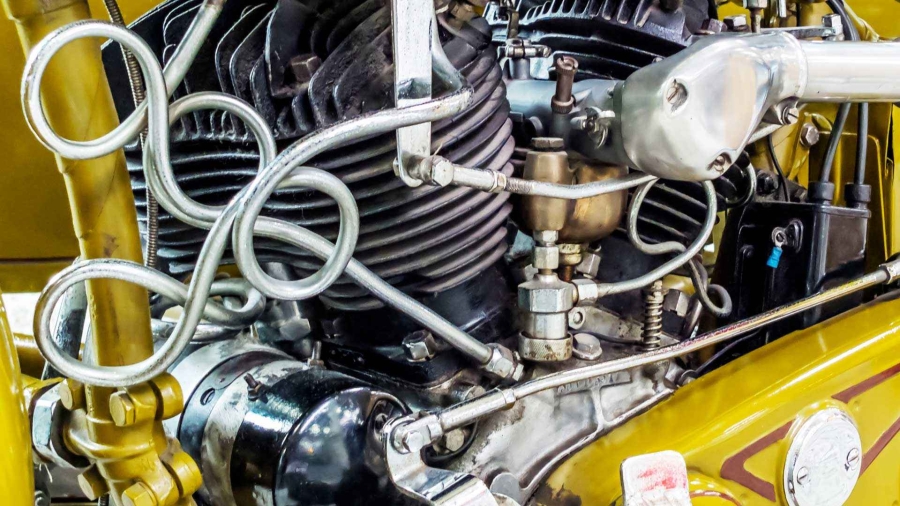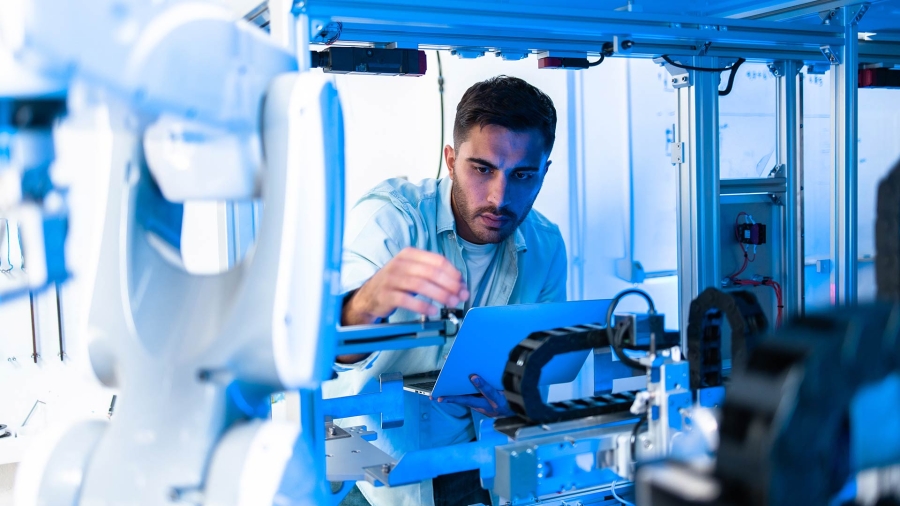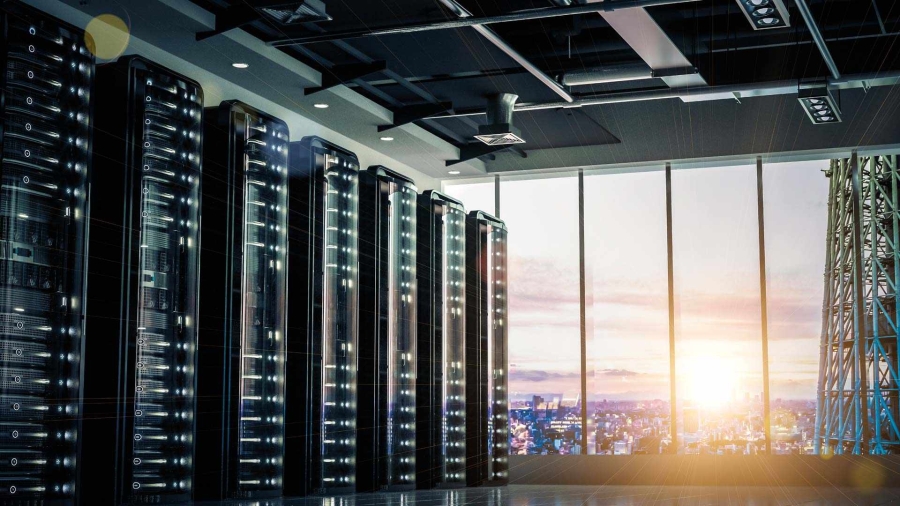Jean-Pascal Tricoire, Chairman and CEO, Schneider Electric.
The August report from the Intergovernmental Panel on Climate Change (IPCC) was devastatingly clear: released as wildfires were tearing through Greece, California and Siberia, it provided a reality check that climate change is “widespread, rapid, and intensifying.”
Grim as the situation is, though, there is a silver lining: none of this is coming out of the blue.
We know what’s causing climate change. We know that reducing greenhouse gas emissions is the best way to slow it. And we already have plenty of levers with which to curb those emissions.
In other words, it’s not a case of starting from scratch and inventing the decarbonization wheel. Instead, it’s about revving up existing approaches and technologies – including ones whose potential is still widely under-appreciated.
In simple terms, there are three main pieces to the decarbonization puzzle: renewable energy; electrification; and energy efficiency.
The first two are relatively easy to grasp – to literally touch and feel.
Clean, renewable energy sources such as solar, wind, wave, biomass, and hydro power still account for only a fraction of the overall global energy mix. But massive investments, technological progress and proactive policy-making in many parts of the world have rendered them increasingly commercially competitive. Wind farms and solar panels are now ubiquitous from China to California. They also generate cheaper electricity than coal plants in most parts of the world.
On the electrification front, practically every major car manufacturer is getting ready to mothball combustion-energy technology in favor of electrically-powered versions. Up to 700 million EVs could be on the world’s roads by 2050. That’s more than half of global vehicle sales, and up from just over 10 million at the end of 2020, according to research firm Wood Mackenzie.
The third lever of decarbonization, however, is less well understood and less headline-grabbing than the rise of solar panels and electric cars. Because its origins and effects are distributed across millions of actions and sites – homes, factories, transport systems – energy efficiency is harder to visualize, measure, aggregate, incentivize or legislate for than, say, the electrification of cars and heating systems, or the greening of a city’s energy grid. It is an invisible foe.
The actual impact on emissions-reduction, however, is immense. Energy is responsible for about 80% of the world’s CO2 emissions, the International Energy Agency estimates. Tackling this waste, and reducing the amount of energy that factories, households, buildings and entire economies use in the first place is a big (and relatively easy) way to reduce our impact on the world’s climate.
In its most basic form, energy efficiency is about better insulation, to reduce heating (or cooling) loss in family homes, warehouses, office high rises, airport terminals, shopping malls, even data centres.
But this is just the beginning. In industry, automation and digital tools can optimize the processes, productivity, performance and energy usage that goes into delivering machinery, or semiconductor chips, or even a humble milk carton.
In buildings, cities and infrastructure, IoT-enabled building-management systems can significantly reduce energy use and waste by detecting leaky valves, or automatically adjusting heating, lighting and other systems to the number of people present at any given time, using real-time data analysis.
Meanwhile, electrification, in itself, is the best vector for energy efficiency and decarbonization: heat pumps and EVs are many times more efficient for the same effect delivered than their fossil-fueled counterparts.
To be sure, governments, consumers and companies around the world are waking up to some of this potential. Energy efficiency in buildings is a key feature of the European Green Deal, for example.
It’s also important to realize that much of this can be done now, with technologies that exist today. It’s relatively low-hanging fruit that doesn’t require billion-dollar, multi-year investments into battery-technology upgrades or raw-materials mines. It also yields a bigger and faster return on investments than many people commonly realize.
And still, energy remains, at heart, an unsung hero in the climate emergency battle: trivial, bread-and-butter, mundane. Double glazing and digitally-optimized air-con systems simply aren’t as sexy as 100-metre wind turbines and electric trucks.
No one can really be in any doubt that all of us need to do much more, much faster, to wean the world off carbon. The good news is that we have plenty of levers to pull, and tools and technologies to deploy. COP26 was time to reflect, and remember that fighting climate change is not just about the shiny stuff: that the mundane concept of simply using less energy is the true unsung hero of the fight against climate change.
This piece first appeared on the World Economic Forum’s Agenda site on 5 November 2021.
Follow Jean-Pascal Tricoire on LinkedIn and Twitter, and catch up on his latest blogs below.













